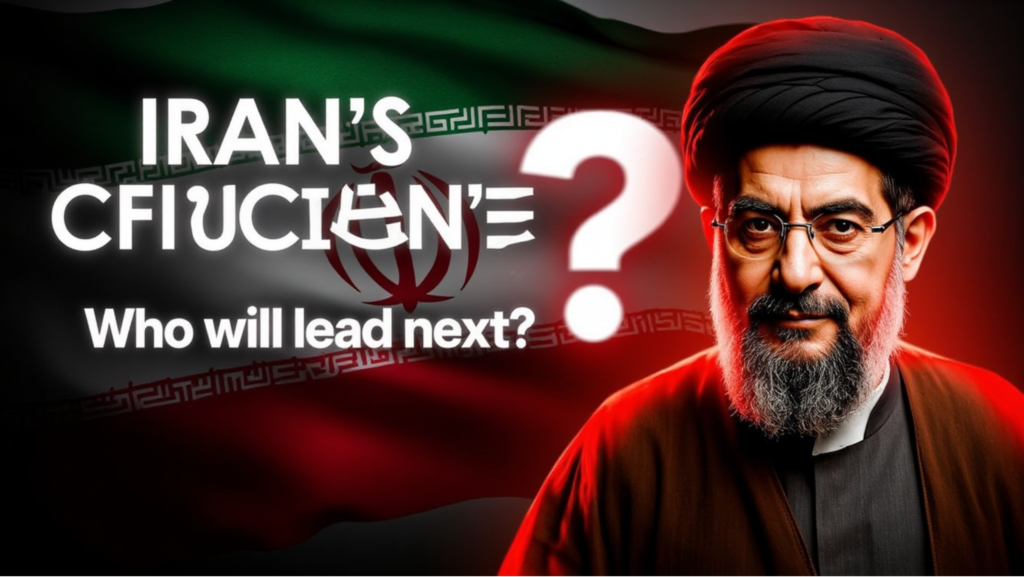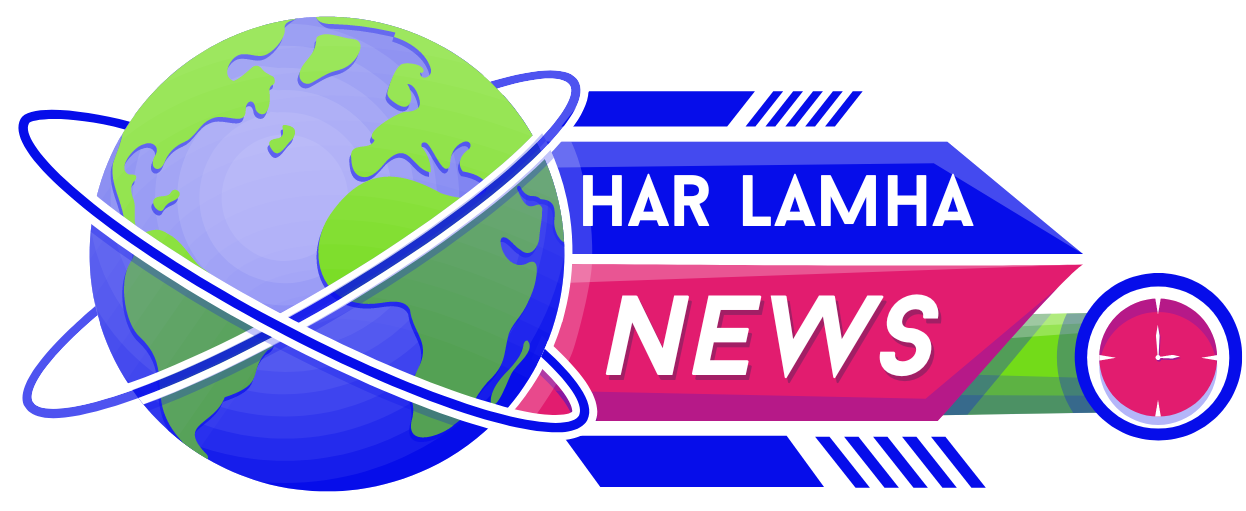
1. Introduction
1.1. Brief Overview of Iran’s Political System
Iran operates as an Islamic Republic with a unique political structure that blends theocratic and democratic elements. At the top of the hierarchy is the Supreme Leader, the highest authority in both political and religious matters. The leader’s role encompasses overseeing the military, judiciary, and media, while also having significant influence over foreign policy decisions. The position is so central that the health or absence of the Supreme Leader creates ripples throughout the nation and the wider Middle East.
1.2. Importance of the Supreme Leader’s Role in Iran
The Supreme Leader is not just a figurehead but the linchpin of the Islamic Republic. They hold ultimate authority, overshadowing even the president, and have the final say in all major decisions. As Khamenei’s health deteriorates, questions about the future leadership of Iran are more critical than ever. His successor must carry the same weighty responsibilities, making this transition a key moment in the nation’s history.
2. Ayatollah Ali Khamenei’s Health Crisis
2.1. Current State of Khamenei’s Health
Ayatollah Ali Khamenei, 84, has been the Supreme Leader since 1989. Over the years, there have been various reports of his declining health, with rumors circulating about serious medical conditions. Most recently, speculation has intensified following his public absence from key events and appointments. While the government maintains a level of secrecy, many observers have pointed to his advanced age, along with visible signs of ill health, as indicators that a transition may be imminent.
2.2. History of Khamenei’s Health Issues
Khamenei has faced health challenges in the past, most notably in 2014 when he underwent prostate surgery. However, despite these health concerns, he has continued to retain his leadership position. As of now, it is unclear whether his health issues are related to his past conditions or something more critical.

3. Iran’s Succession System
3.1. The Role of the Supreme Leader
In theory, Iran’s leadership transition is meant to be smooth and orderly, with a clear mechanism for succession. The Supreme Leader holds not only political power but also spiritual authority. They are expected to guide the nation according to Islamic principles. Khamenei’s successor must possess similar credentials, combining religious legitimacy with political acumen.
3.2. The Assembly of Experts: The Mechanism for Choosing the Leader
Iran’s Constitution provides for a body called the Assembly of Experts, a group of clerics responsible for selecting and supervising the Supreme Leader. The Assembly theoretically ensures that the successor is a person of great religious standing, but political considerations often play a significant role in the selection process. This system has worked in the past, but the current political climate in Iran may make the selection process more contentious.
4. Possible Successors to Khamenei
4.1. Key Candidates in Iran’s Political Elite
Several names have emerged as potential successors to Khamenei. These candidates come from different factions within Iran’s political establishment, each with varying degrees of support among the clerical hierarchy and the political elite.
Some of the front-runners include:
- Ebrahim Raisi: The current president of Iran, Raisi is seen as a close ally of Khamenei and a hardliner. His leadership could signal continuity in Iran’s conservative policies.
- Mohammad Javad Zarif: The former foreign minister and a moderate figure, Zarif could appeal to those in Iran who favor a shift towards greater diplomatic engagement with the West.
- Ali Akbar Velayati: A long-time advisor to Khamenei, Velayati is another candidate with strong ties to the ruling establishment.
4.2. Religious and Political Considerations in Choosing a Successor
The choice of a new Supreme Leader is deeply intertwined with both religious and political factors. Iran’s clerics play a crucial role in vetting potential candidates, but ultimately, the political factions aligned with the military and the Revolutionary Guard will have a significant say in the decision.
5. Internal Power Struggles and Factions
5.1. The Influence of Hardliners vs. Reformists
One of the major challenges facing Iran as it moves towards a leadership transition is the divide between hardliners and reformists. While Khamenei has been a staunch supporter of conservative policies, there are factions within the country calling for reform. These internal power struggles will shape the selection process, as different factions push their own preferred candidates.
5.2. The Role of the Revolutionary Guard Corps (IRGC)
The IRGC has grown to become a powerful force in Iran, controlling key sectors of the economy and military. Its influence in selecting a new leader cannot be underestimated. Many believe that the IRGC will play a decisive role in ensuring the continuity of Iran’s hardline policies, possibly elevating a candidate who aligns with their interests.
6. The International Angle: What Will the West Do?
6.1. Global Reactions to Khamenei’s Health Crisis
As Khamenei’s health deteriorates, foreign governments, especially in the West, will be closely monitoring the situation. The U.S. and European countries are likely concerned about the stability of the regime and the potential for changes in Iran’s foreign policy. A new Supreme Leader could either continue Khamenei’s policies or signal a shift toward more diplomatic engagement.
6.2. Implications for Iran’s Foreign Policy and Nuclear Program
The transition of power could have significant implications for Iran’s nuclear program and its relations with global powers. While hardliners may continue Khamenei’s stance on nuclear development, a more moderate leader might pursue a different approach, potentially leading to negotiations or renewed talks with the West.
7. What Could a Leadership Transition Mean for Iran?
7.1. Stability vs. Instability
The transition of power in Iran could lead to either stability or chaos. If the succession is managed smoothly, the country may maintain its political and social order. However, if factions within the government clash over the next leader, Iran could face instability, potentially affecting its internal politics and security.
7.2. Economic and Social Implications
The economic situation in Iran is already strained, with sanctions and domestic challenges affecting growth. A change in leadership could either exacerbate these issues or provide an opportunity for economic reform, depending on the direction the new leader chooses to take.
8. Conclusion
As Ayatollah Ali Khamenei’s health continues to decline, Iran faces a critical juncture in its history. The succession process will shape not only the country’s political future but also its position on the global stage. Whether the transition will bring stability or uncertainty remains to be seen, but one thing is clear: the selection of a new Supreme Leader will be a pivotal moment in Iran’s history.
FAQs
1. Who is the current Supreme Leader of Iran?
Ayatollah Ali Khamenei has been the Supreme Leader of Iran since 1989.



Pingback: Trump Taps Mehmet Oz to Lead Medicare and Medicaid
Pingback: Reddit Down? Users Facing Major Issues Right Now